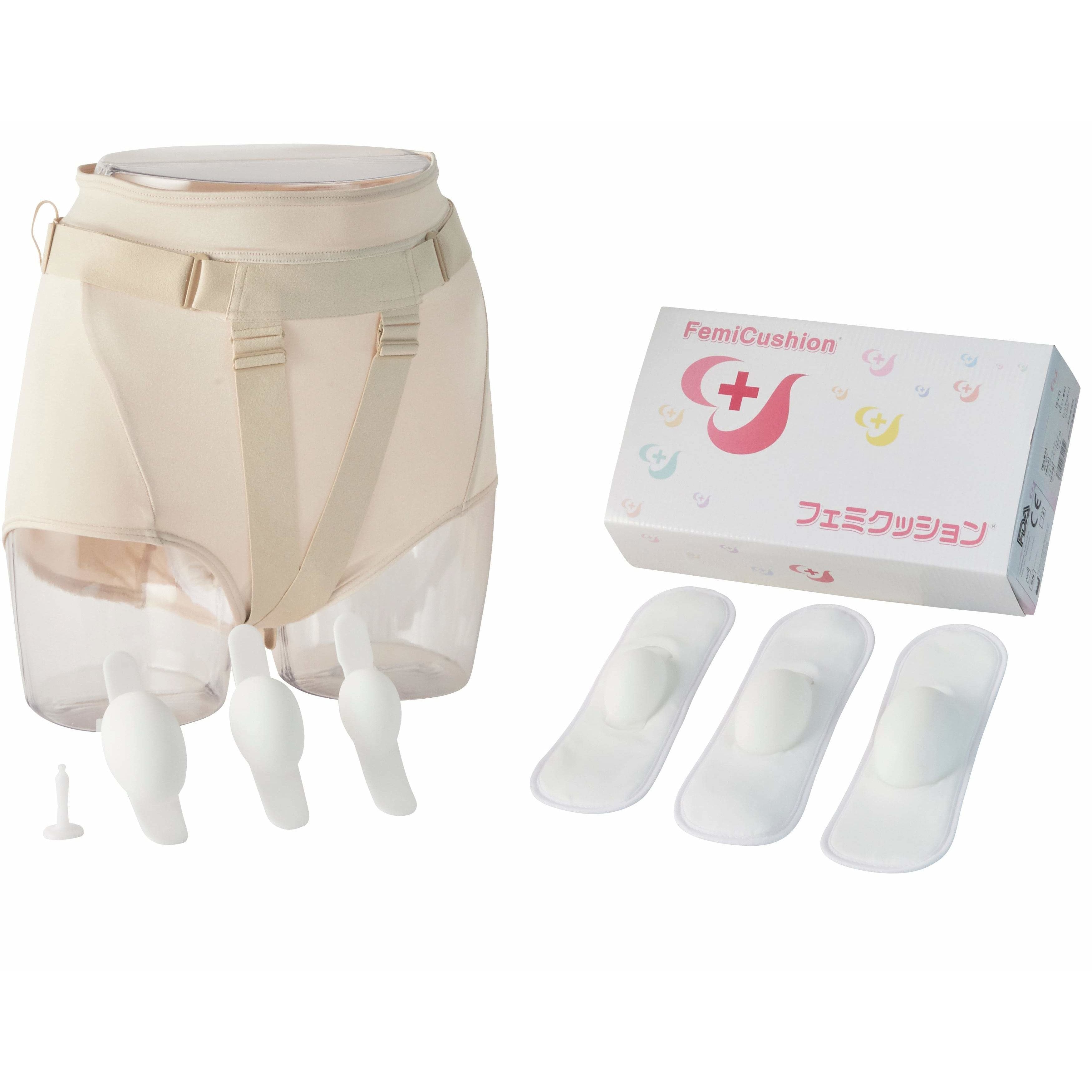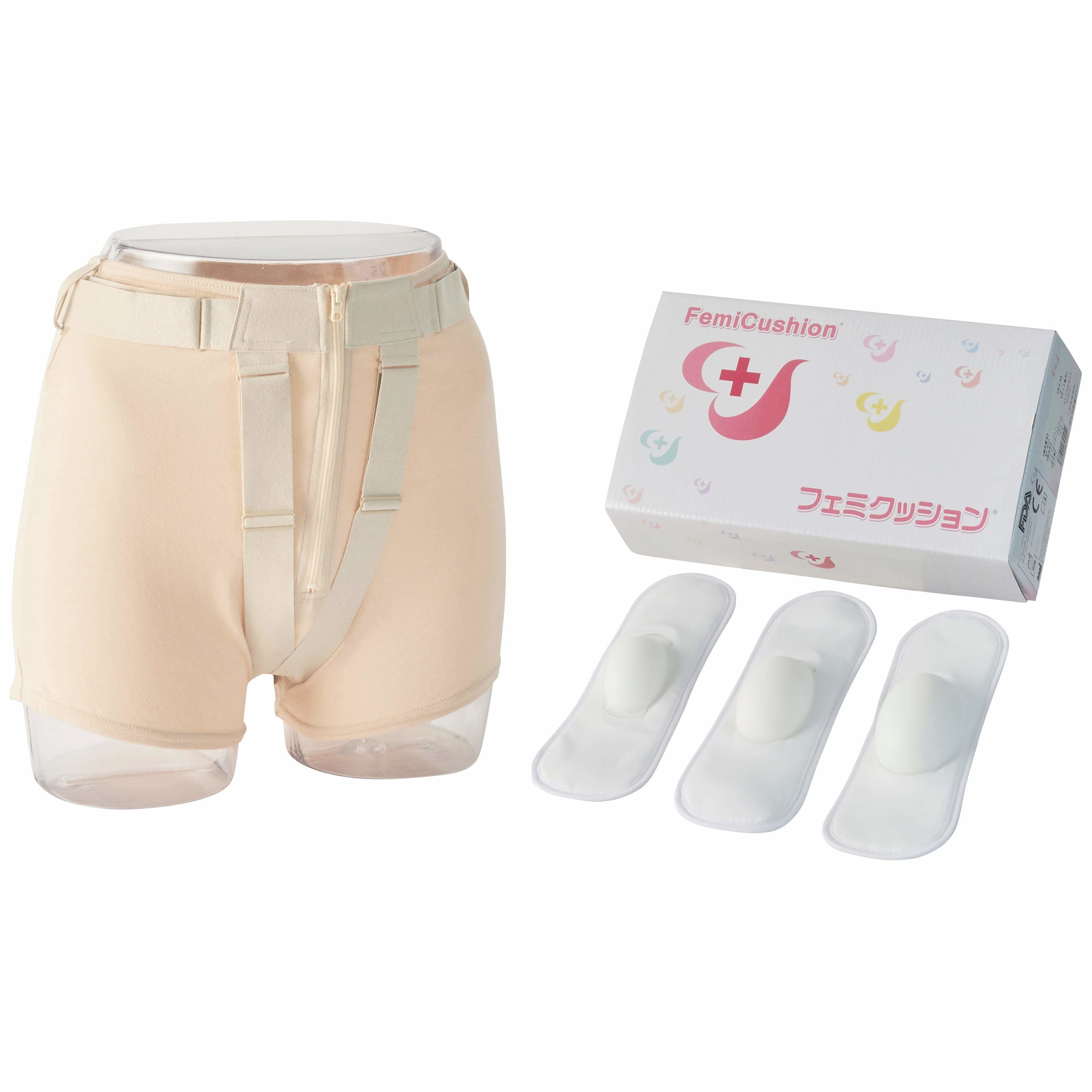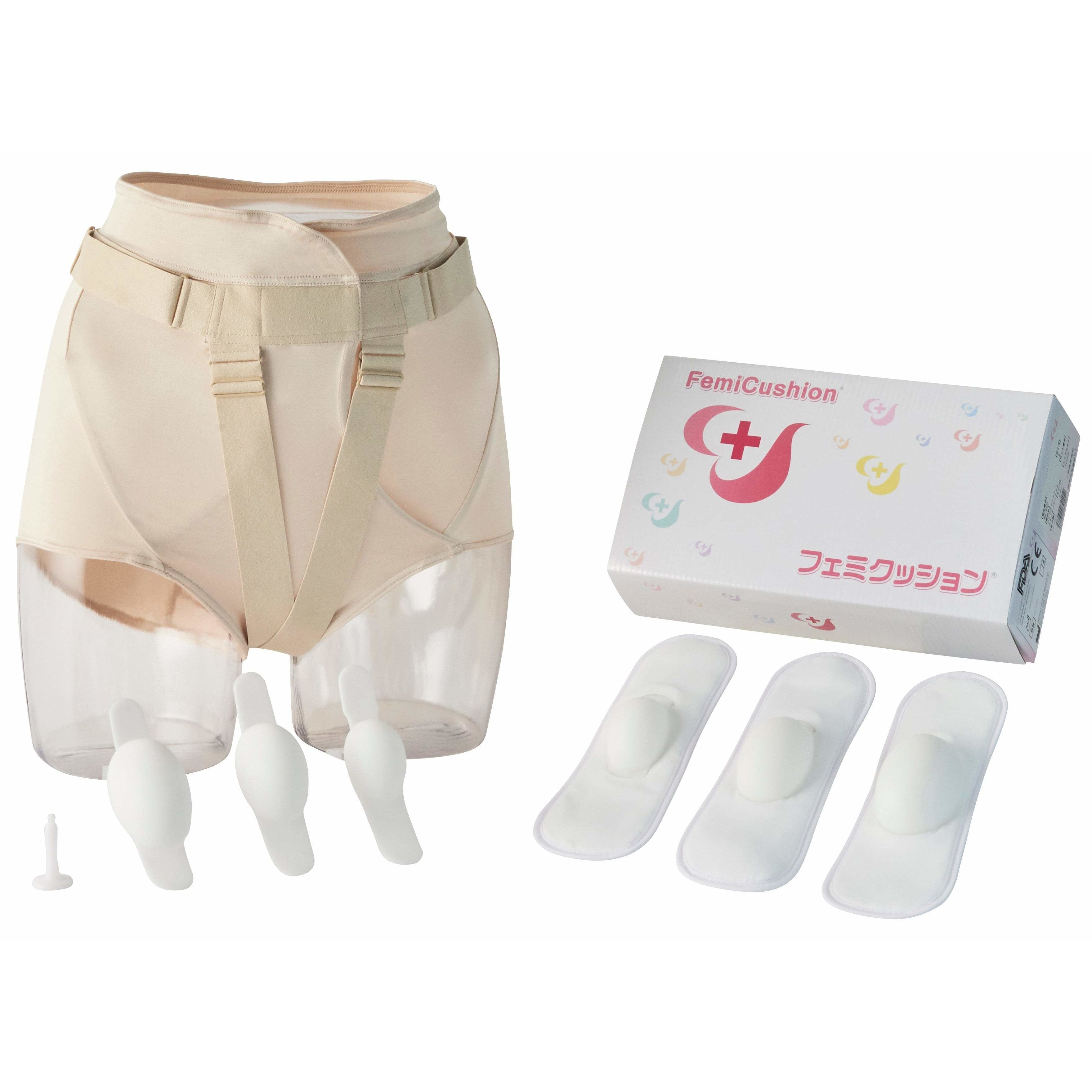What To Do If I Experience Genital Discomfort? | 5 Causes Of Pelvic And Vaginal Pain
Summary
Table of Contents

Anyone who has experienced menstrual pain and cramps would definitely not deny how upsetting they can be. Just imagining pain and discomfort in your genital region can feel dreadful. But, what if you feel pain in your vaginal or pelvic region and do not know what is causing it. It might get you anxious and leave you wondering what should you do about it. This article will explore 5 reasons you might be experiencing pelvic and vaginal pain.
Vulvar infections
Cause of Vulvar infections
Yeast infection is one of the most common reasons you might be experiencing symptoms like swelling, itching, and pain in your vulvar region. Other vulvar conditions that cause pain and discomfort are UTIs (Urinary Tract Infections) and STIs (Sexually Transmitted Infections) such as herpes, gonorrhea, chlamydia, and trichomoniasis.
Treatment for Vulvar infections
If you are facing any pain and discomfort down there, we recommend you consult your gynecologists immediately. However, yeast infections can be treated using over-the-counter medications. If you have tested positive for STIs, your doctor will prescribe you antibiotics. Your partner will also need to get tested.
Vulvodynia
Cause of Vulvodynia
Vulvodynia is a condition characterized by chronic pain and discomfort around your vaginal opening. The underlying cause of this condition is not yet understood. The symptoms of vulvodynia can last for at least three months to a year. The typical symptoms of this condition are burning, soreness, stinging, rawness, throbbing, and itching in the vulvar region. Sexual intercourse can be extremely painful in this condition.
Treatment for Vulvodynia
There is no definite treatment for vulvodynia yet. The available treatment only provides symptomatic relief. Local anesthesia and nerve block injections can provide temporary relief from pain. Medications like steroids, tricyclic antidepressants, and anticonvulsants also help reduce pain. Antihistamines can help alleviate itching. Doctors often advise biofeedback therapy to help your pelvic muscles to relax and equip you to respond to the symptoms. Other treatment approaches are pelvic floor therapy and vestibulectomy.
Bartholin’s cyst
On either side of your vaginal opening, there are glands called Bartholin’s glands that secrete fluids to lubricate the vaginal canal. If the ducts of these glands get obstructed due to some reason, the fluids get accumulated in the glands. This condition is characterized by painless swelling called Bartholin’s cyst.
Cause of Bartholin’s cyst
The ducts of Bartholin’s duct can get blocked due to injury or infection resulting in the development of cysts. If the cyst is infected due to exposure to bacteria like E.coli or other UTI-causing bacteria, you might experience a tender, painful lump near the vagina, discomfort while walking or sitting, painful intercourse, and fever.
Treatment for Bartholin’s cyst
Your doctor might recommend you Sitz baths 3-4 times a day. It will help the cyst to rupture and drain on its own. Other treatment options also include marsupialization and surgical drainage of the cyst. Antibiotics can help prevent infection of Bartholin’s cyst.
Endometriosis
Endometriosis is a condition that occurs when the tissues that typically line the uterus (endometrium) grow outside the uterus. The tissues thicken, break down, and bleed as they normally do during menstrual cycles, but with no way to escape from the body they get accumulated. Endometriosis commonly involves the ovaries, fallopian tubes, and pelvic floor tissues. The surrounding tissues get irritated and induce the development of scar tissues.
Cause of Endometriosis
The exact cause behind endometriosis is yet to be found. The possible explanations include retrograde menstruation, transformation of peritoneal cells, embryonic cell transformation, surgical scar implantation, endometrial cell transport, etc. Never giving birth, early menarche, late menopause, heavy bleeding during menstrual cycles, low BMI, reproductive tract disorder, etc can increase the risk of developing endometriosis.
Treatment for Endometriosis
Endometriosis can be treated by two approaches: medication and surgery. Pain medications (NSAIDs) can help relieve the pain. Hormonal therapy like contraceptives, Gonadotropin-releasing hormone (Gn-RH) agonists and antagonists, progestin therapy, and Aromatase inhibitors can also effectively manage symptoms of endometriosis. Laparoscopic surgery can help remove the endometrial lining while preserving the uterus and ovaries.
Pelvic Floor Problems
Cause of Pelvic Floor Problems
Pelvic floor dysfunction is a condition characterized by the inability to relax and contract the pelvic floor muscles during a bowel movement. The symptoms include constipation, urinary incontinence, and the urge to urinate frequently. It can occur due to traumatic injuries to your pelvic area, pregnancy, pelvic surgery, obesity, and advancing age.
Treatment for Pelvic Floor Problems
Relaxation techniques and biofeedback can help improve pelvic floor muscle strength. Pelvic floor muscle therapy like Kegels exercise can help improve muscle coordination. Various medications can help relieve symptoms.
Pelvic Organ Prolapse
Pelvic organ prolapse is a condition when one or more pelvic organs like the ovaries, uterus, or urinary bladder slip down from their usual position and protrude out of the vagina. Though not fatal, prolapsed bladder or uterus can cause severe pain and discomfort. Prolapsed uterus or bladder is often characterized by heaviness in the lower tummy and genitals, urinary incontinence, and painful sex. You might also experience bladder pain while urinating or bowel movements.
Supervising Doctor of This Article

Koichi Nagao, MD PhD
Professor, Department of Urology, Toho University Faculty of Medicine
Director of Urinary tract reconstruction center, Toho University Omori Medical Center
Director of Reproduction Center, Toho University Omori Medical Center
Professor Nagao specializes in plastic surgery in the field of reproductive medicine. He completed eight years of plastic surgery training at Showa University before majoring in urology at Toho University. With his meticulous surgical techniques and careful examinations that combines urology and plastic surgery, Professor Nagao became a Board Certified Specialist with multiple associations including the Japanese Urological Association, the Japan Society for Reproductive Medicine, and the Japanese Society for Sexual Medicine.
The suggested Products

مجموعة أدوات Deluxe Standard Deluxe Kit
$299.99

مجموعة أدوات FemiCuslion Lite
$249.99

مجموعة FemiCushion EasyOpen Deluxe
$299.99
